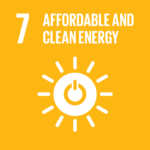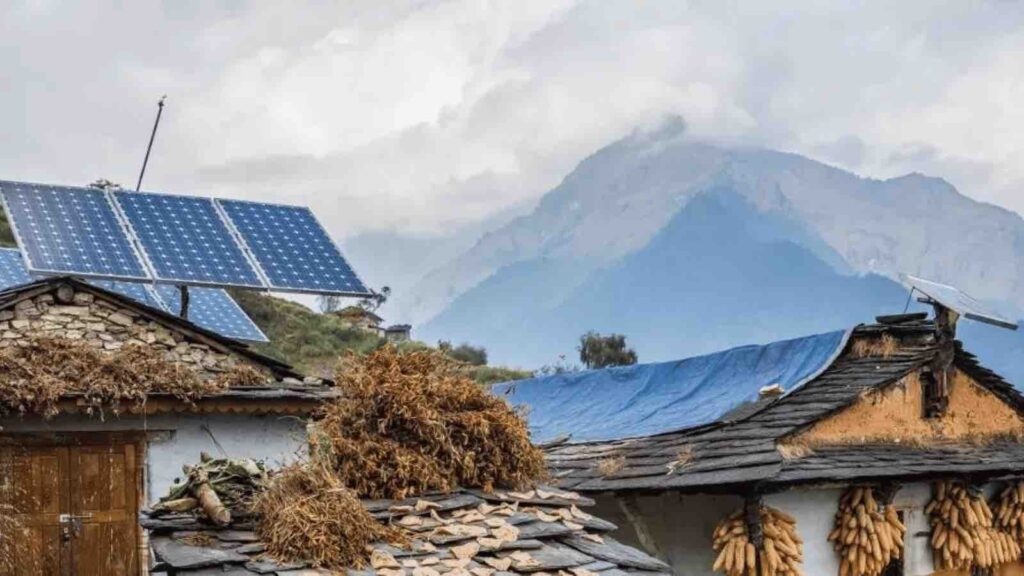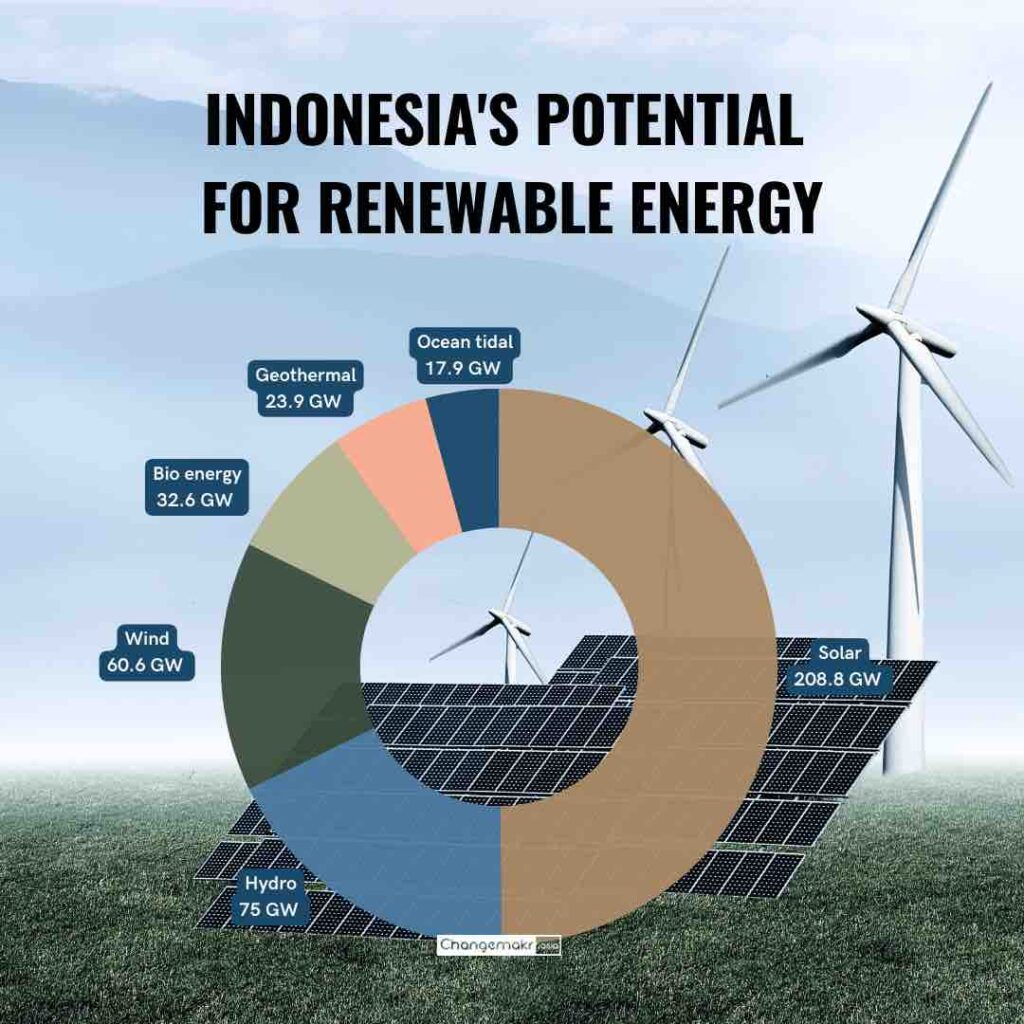Embracing the future, one watt at a time! From China’s monumental strides to India’s solar ambitions, Asia is lighting the way in renewable energy.
The landscape of global energy consumption is rapidly changing, and nowhere is this more apparent than in Asia. As of end 2022, countries in this region have been taking remarkable strides towards renewable energy adoption. Several nations, including China, India, and Japan, have been leading the charge, highlighting Asia’s central role in the shift toward sustainable energy sources.
RELEVANT SUSTAINABLE GOALS



🇨🇳China: Leading the Global Renewable Energy Charge
China has been a trailblazer in the renewable energy sector. As the largest investor in renewable energy worldwide, China has dedicated immense resources to the development of wind and solar power infrastructures. The country’s commitment to the decarbonization of its energy grid is evident in its massive wind farms and sprawling solar power stations. Additionally, China has taken significant steps in the domains of electric vehicles and energy storage technologies, further strengthening its position at the forefront of the renewable energy revolution.
As the global leader in renewable energy investment, China installed more than 50 GW of new wind power and over 48 GW of solar photovoltaics (PV) in 2020. China’s hydroelectric capacity also remained substantial, with the Three Gorges Dam alone providing 22.5 GW.
🇮🇳India: Capitalizing on Solar and Wind Power
India, with its abundant sunlight and expansive landscapes, presents an ideal environment for renewable energy sources, particularly solar and wind power. The nation’s government has undertaken considerable initiatives to foster the growth of these sectors, resulting in a rapidly expanding renewable energy industry. As India continues to urbanize and industrialize, renewable energy has become a key factor in its development strategy.
The installed capacity for Renewables:
- Wind power: 42.6 GW
- Solar Power: 66.7 GW
- Biomass/Co-generation: 10.2 GW
- Small Hydro Power: 4.94 GW
- Waste To Energy: 0.55 GW
- Large Hydro: 46.85 GW
To bring in a green revolution in the country, the government has set an ambitious target of having 500 GW of installed renewable energy by 2030, which includes the installation of 280 GW of solar power and 140 GW of wind power.
🇮🇩Indonesia: The Archipelagic Powerhouse
Indonesia, a sprawling archipelago, possesses a diverse energy landscape ripe for renewable development. Its vast potential stems from its unique geographical features and climatic conditions that are conducive to a wide range of renewable energy sources.
The country has a significant potential for geothermal energy – in fact, it’s home to 40% of the world’s geothermal reserves. As of my last update, Indonesia was the world’s second-largest producer of geothermal energy, after the United States. It has several operational geothermal power plants, and the government has shown strong commitment to expand its geothermal capacity in the future.
Hydropower is another major source of renewable energy in Indonesia, thanks to the country’s numerous rivers and high rainfall levels. Small-scale hydropower projects have been particularly successful in rural and remote areas, providing a reliable source of electricity where the national grid is not accessible.
Solar power adoption has also been on the rise, especially in areas that receive abundant sunshine year-round. The Indonesian government has launched various initiatives to increase solar power generation, including feed-in tariff schemes to encourage investment in the sector.
Biomass and bioenergy are other renewable sources that hold promise in Indonesia due to the country’s substantial agricultural sector. Energy generated from palm oil residues, in particular, has been the focus of several projects.
Wind energy is not as prominent in Indonesia as in other countries, but there are ongoing projects exploring this potential, particularly in coastal areas and islands where wind speeds are high.
🇯🇵Japan: An Island Nation’s Renewable Resolve
Following the 2011 Fukushima nuclear disaster, Japan has made a determined effort to shift its focus toward renewable energy sources. Solar and wind energy have been at the forefront of Japan’s renewable energy campaign. Despite being a geographically compact and highly urbanized nation, Japan has successfully utilized its available space for solar power installations and offshore wind farms. Hydroelectric power and biomass energy have also received a fair share of attention, reflecting the country’s diversified approach to renewable energy. Japan had over 55 GW of renewable energy capacity as of 2020, with solar power making up the vast majority of this.
🇰🇷South Korea: Bridging Renewable Ambitions and Technological Innovation
South Korea, known for its technological prowess, is gradually utilizing its capabilities to transition to a renewable energy-centered future. In 2020, South Korea’s government announced the “Korean Green New Deal,” an ambitious plan aiming to achieve net-zero emissions by 2050 and stimulate the economy through investments in green projects and jobs.
The country has been making significant investments in various forms of renewable energy. Solar power, in particular, has seen substantial growth. South Korea’s solar capacity has been growing thanks to government support and a favorable feed-in tariff system that provides long-term contracts to solar energy producers at a fixed rate. By the end of 2020, South Korea had a total installed renewable energy capacity of over 20 GW, primarily from solar and wind power.
Offshore wind power is another area that South Korea is looking to exploit. The country announced plans for large-scale offshore wind farms as part of its Green New Deal. Moreover, South Korea is home to some of the world’s biggest battery manufacturers, making it a significant player in energy storage solutions, an essential component of a renewable energy future.
🇵🇭Philippines: Tripling Ambitions in Renewable Energy
The Philippines, with its rich natural resources and favorable geographical location, presents an excellent potential for renewable energy development. The country has the world’s third-largest geothermal capacity at 1,900 MW with Indonesia in second and the US on top.
As an archipelago with over 7,000 islands, the Philippines has a high potential for other forms of renewable energy, too. Solar power is one area of significant potential, given the country’s location near the equator and its high exposure to sunlight. Wind energy also holds promise, particularly in coastal and mountainous regions where wind speeds are higher. Additionally, the country’s numerous water bodies offer opportunities for both small-scale and large-scale hydropower projects.
In recent years, the Philippines has aimed to triple its renewable energy capacity to about 15,000 MW by 2030. As of 2020,The Philippines has an estimated 246,000 megawatts (MW) of untapped renewable energy. It has the world’s third-largest geothermal capacity at 1,900 MW with Indonesia in second and the US on top.
🇻🇳Vietnam: An Emerging Star in Solar Power
Vietnam, a country with a rapidly growing economy and increasing energy demand, has been turning towards renewable energy sources to meet its needs. The country has shown a particularly remarkable growth in solar power.
In 2020, Vietnam saw an impressive surge in solar photovoltaic (PV) installations, thanks to the government’s feed-in-tariff program, which offers a fixed price for solar electricity for a certain period. By the end of 2020, Vietnam’s total installed renewable energy capacity reached about 16 GW, significantly higher than previous years, and solar power contributed a substantial share of this capacity.
Looking ahead, the potential for renewable energy in Asia glimmers with promise. Each stride taken by these nations stands as a testament not just to regional dedication, but to a global commitment toward sustainability and the mitigation of climate change. Yet, the energy landscape remains as dynamic as it is diverse. Influenced by the ebb and flow of technological innovation, evolving government policies, and shifts in economic investments, the tapestry of Asia’s renewable energy scene is continuously changing and expanding.
You may also be interested in :
Accelerating Biodiversity-Positive Impact : A Conversation With Silverstrand Capital’s Kelvin Chiu



